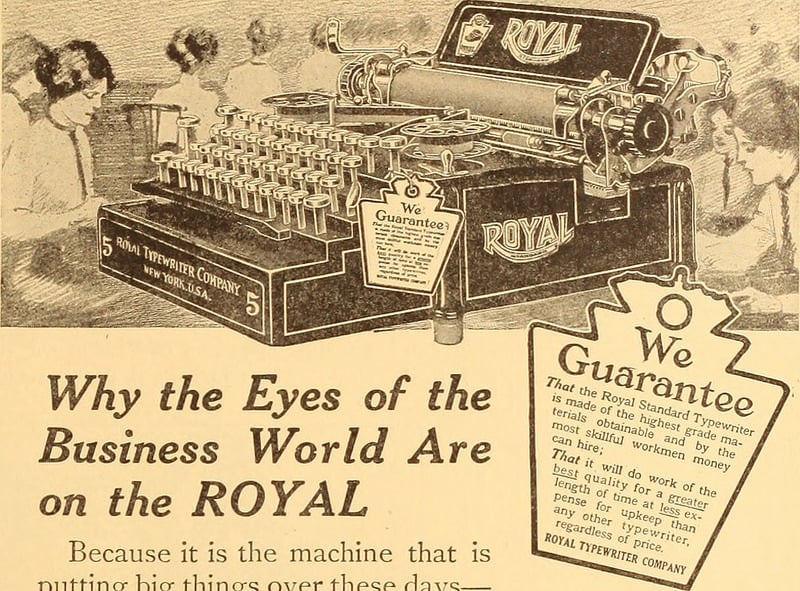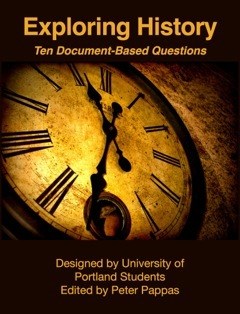 We’re very proud that our EdMethods class has been selected to host #sschat on the Twitters – Nov 3, 2014 4-5 PM (Pacific) That night is election eve ’14 and our topic will be very timely – “Teaching Politics, Controversy and Civic Engagement.” For more on our chat questions click here.
We’re very proud that our EdMethods class has been selected to host #sschat on the Twitters – Nov 3, 2014 4-5 PM (Pacific) That night is election eve ’14 and our topic will be very timely – “Teaching Politics, Controversy and Civic Engagement.” For more on our chat questions click here.
After the Twitter chat raps up, we’ll spend some time debriefing on the experience.
Class DBQ iBook
Next up, we’ll get started with our iBooks Author training. Over the next few weeks we will use our DBQ projects to create a collaborative iBook. As a group, the class will review each other’s work before inclusion in the iBook collection of DBQs. Each student (or team) will contribute one DBQ in the form of a book chapter. It will include the project reflection as a way of introducing the DBQ.
Technical aspects
The iBooks will be designed using iBooks Author in the Mac lab. Students will bring digital versions of their DBQs to the lab – including all image and sound files, text files, citations and URLs. Here’s a quick guide to managing your files to get ready for iBooks Author: Get Started with IBA
Note: YouTube videos will be added to the iBooks using ibooksgenerator. All you need to have is the URL of the video.
For more see:
- EdMethods class iBook fall ’13 Exploring History: free at iTunes
- Collection of iBA tips Guide to Publishing with iBooks Author
Assignment:
Next week we will have a visitor from the Classroom Law Project who will share law-related educational resources and guide us through a mock trial activity.
- We will argue the case of Vickers v Hearst (443kb PDF) so be sure to read the case in advance.
- To “learn the rules” read this guide Mock Trial Rules of Evidence (185kb PDF).
- If you have never participated in a mock trial you may wish to look at this material that explains the various roles of attorney and witness The People v Carter (2.4mb PDF)
Image credit: page 288 of “Baltimore and Ohio Railroad employees magazine” (1912)
Identifier: baltimoreohioemp01balt
Title: Baltimore and Ohio employees magazine
Year: 1912 (1910s)



